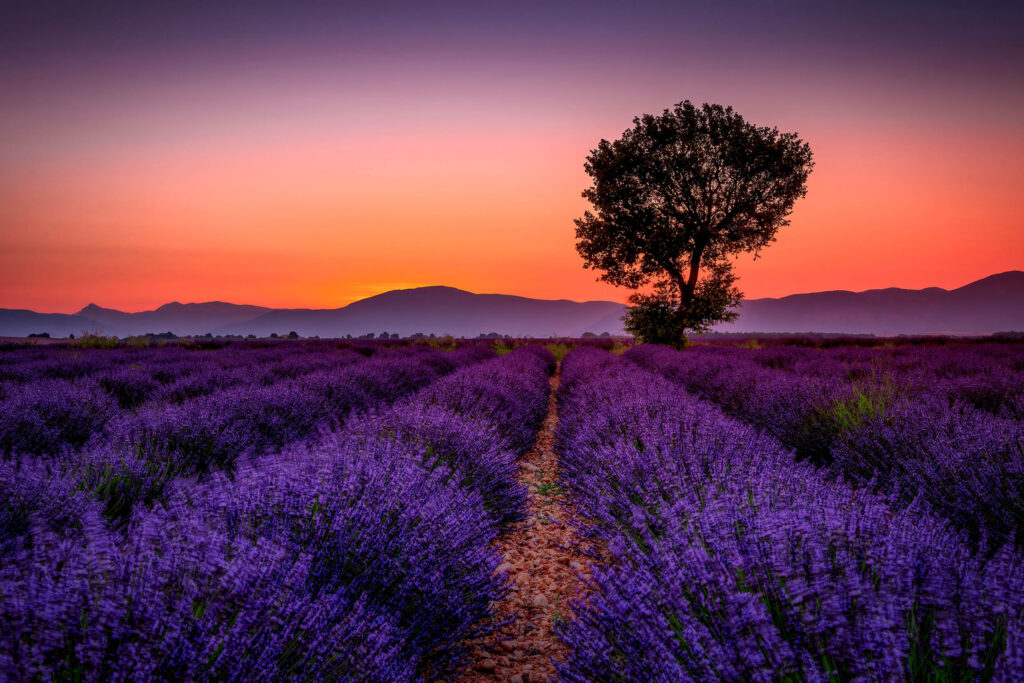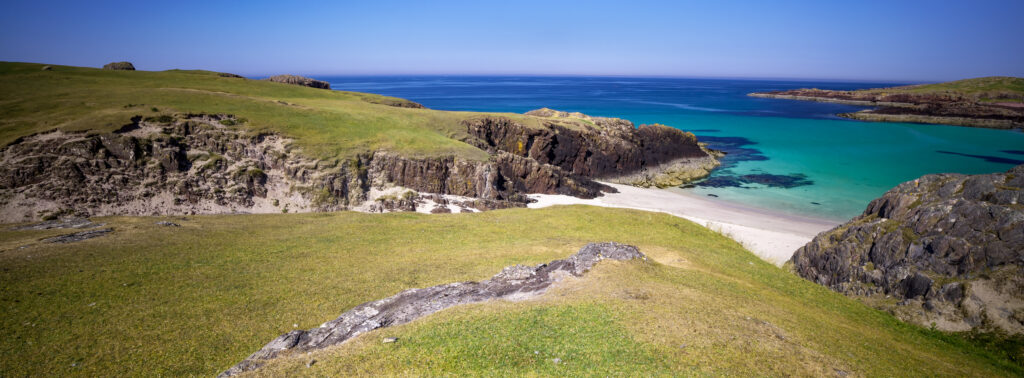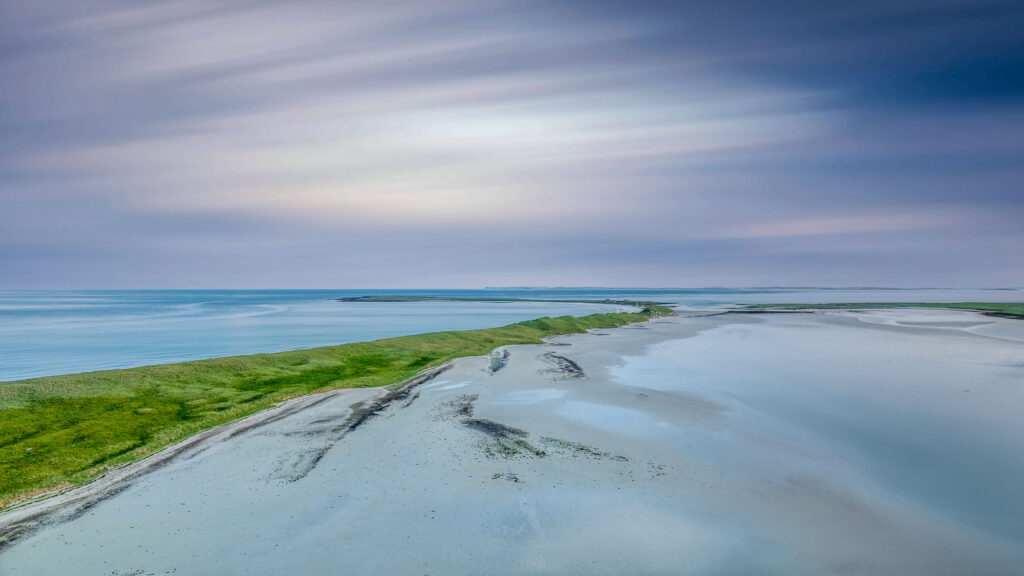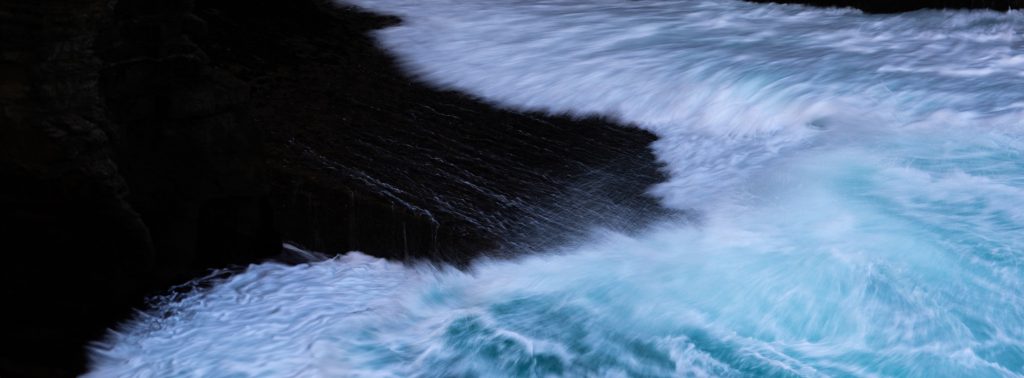Mastering Composition
In the realm of visual arts, composition plays a pivotal role in captivating the viewer’s attention and conveying a message effectively. Whether you’re a photographer, painter, or designer, understanding the importance of composition is paramount. In this blog, we will delve into the rules of composition and explore a unique approach to composing images from left to right, offering you a fresh perspective on creating visual harmony.



The Rules of Composition: Before we embark on our journey of composing images from left to right, let’s briefly touch upon the fundamental rules of composition that guide artists across various disciplines. While these “rules” are not set in stone, they serve as a useful framework to create visually appealing and engaging compositions:
I’m not going to go into too much detail on the established rules of composition. They are well documented with plenty of information available from a variety of sources. Suffice to say the following is a list of these guidelines:
Rule of Thirds: This rule suggests dividing the frame into a grid of nine equal parts using two horizontal and two vertical lines. By placing key elements along these lines or at their intersections, you can create a more balanced and visually interesting composition.
Leading Lines: Utilising leading lines, such as roads, fences, or natural elements, can guide the viewer’s eye through the image, creating a sense of depth and movement.
Symmetry and Balance: Achieving symmetry and balance in your composition can evoke a feeling of stability and harmony. Experiment with centering your subject or creating symmetrical patterns for a visually pleasing effect.
Framing: Using natural or man-made elements as a frame within the image can draw attention to the main subject and add depth to the composition.
Depth and Layers: Incorporating elements in the foreground, middle ground, and background can enhance the sense of depth and create a three-dimensional feel in your composition.


BUT….Have You Tried This?
Composing an Image from Left to Right:
Now, let’s explore a unique approach to composing images from left to right. This method involves utilising the viewer’s natural reading direction and creating a visual narrative that unfolds gradually, capturing their attention and guiding their gaze. When I was a young aspiring Professional Photographer I went to Provence for several months to study the work of Vincent Van Gogh. I wanted to see whether there was anything in Van Gogh’s work which I could learn from and use in my photography. One of the many things I learnt from this experience, was that Van Gogh believed the human eye would look at his paintings from left to right or more specifically a viewer’s eye would sub-consciously, automatically look at his paintings from the bottom left of the canvas to the top right. It takes milliseconds for the eye and brain to record this information.
This was a light bulb moment for me – it was to change everything I had previously learnt about composition and from that moment forward, this approach to composition has underpinned so much of my work during a 35 year career.
Establishing the Scene: Begin by placing a visually compelling element on the left side of the frame. This element will serve as the starting point, capturing the viewer’s initial attention and drawing them into the image
In this case,I wanted to place a stunning element on the left side of the frame. By using the rocky shoreline and waters of Clashnessie in Assynt, the viewer’s eyes are naturally drawn towards the main subject of the photograph – the charming white house situated on the beach.
The use of foreground props such as the rocks and water not only draw the viewer’s attention towards the house, but also guide their gaze in a smooth, left to right direction.


Leading Lines and Visual Flow: Incorporate leading lines or diagonal elements that guide the viewer’s gaze from the left side towards the center or right side of the composition. This creates a visual flow that keeps the viewer engaged and explores the entire image.
The use of leading lines or diagonal elements in photography compositions is an effective way to guide the viewer’s gaze from one side of the image to the other. By incorporating this technique, your viewer will feel engaged with your work and more thoroughly explore the beauty of the photograph. As seen in this lovely scene at Lower Diabaig in Torridon, the walkway acts as a perfect guide for the viewer’s eye from left to right, leading them towards the stunning boathouse at the end of the jetty.
The meandering lines play an essential role in keeping the viewer’s attention and creating a visual flow throughout the entire image. Moreover, a low perspective was used to elevate the boathouse above the distant hills, thus emphasizing it as a stopping point for the viewer’s gaze and enhancing the left to right journey. Therefore, by using leading lines and visual flow, you can create breathtaking and compelling compositions that captivate your viewer’s attention
Balancing Elements: While focusing on the left-to-right flow, ensure that the composition remains balanced and harmonious. Avoid overcrowding the right side, as it may disrupt the visual flow and create a sense of imbalance.
One important aspect of achieving a visually pleasing composition is balancing the elements. It’s crucial to maintain a harmonious flow from left to right while ensuring the overall composition has equilibrium. Crowding the right side of the frame can disrupt the natural flow and give the impression of visual disarray. When taking photographs, it’s important to consider these factors and account for them in your compositions.
This photograph taking in the Lake District illustrates this point. I could have easily composed this scene in a vertical format and therefore emphasising the symmetry of the boat.

However, by including the sunrise colours and the empty space to the left of the boat, I wanted to create a more visually balanced and harmonious scene that aligns with the tranquil conditions of the pre-dawn landscape. By applying these principles, you can create more captivating and well-composed photographs that capture the essence of your subject.

Revealing the Story: As the viewer’s gaze moves from left to right, consider introducing additional elements or details gradually. This technique creates a narrative within the composition, allowing the viewer to uncover the story behind the image step by step
When it comes to creating visually appealing compositions, one technique that can really make an impact is gradually introducing elements or details as the viewer’s gaze moves from left to right. By giving a sense of progression, this approach can help to build a narrative within the image – allowing the viewer to gradually piece together the story behind it.
A great example of this technique in action can be seen with this photograph taken at Neist Point on the Isle of Skye. The image shows how building layers can guide the viewer’s eye from left to right and ultimately end their journey at the lighthouse. By intentionally leaving some space to the right of the lighthouse, the image has a sense of balance and doesn’t feel too cluttered or overwhelming.

A Strong Finale: Finally, conclude your composition with a visually striking element on the right side. This element should leave a lasting impression, offering a satisfying endpoint to the viewer’s visual journey.
I started off by saying how much Vincent Van Gogh has influenced my composition during my career, it is only fitting to use this image taken in the lavender fields of Provence to illustrate my final thought
To create a truly satisfying endpoint, consider adding a striking element on the right side of your composition. This could be an image, a graphic, or even just a bold choice of color – something that will really leave a lasting impression. By tying your final element back to something you’ve mentioned earlier in your work, you provide a sense of continuity and cohesion that will leave a lasting impression.
The contrast of the lavender fields against a pre dawn sky leaves a lasting impression, creating a sense of beauty and awe that will stick with the viewer. By combining this image with a strong left symmetrical foreground, I wanted to create a visual journey that leads the eye straight to the lone tree in the distance, providing the perfect “grand finale” for your composition.
In Conclusion
Composition is a powerful tool that enables artists to convey emotions, messages, and stories through visual means. By understanding the rules of composition and exploring alternative approaches, such as the left-to-right method, you can elevate your artistic creations to new heights. Embrace the art of composition, and let your imagination guide you as you craft images that captivate and resonate with your audience.





